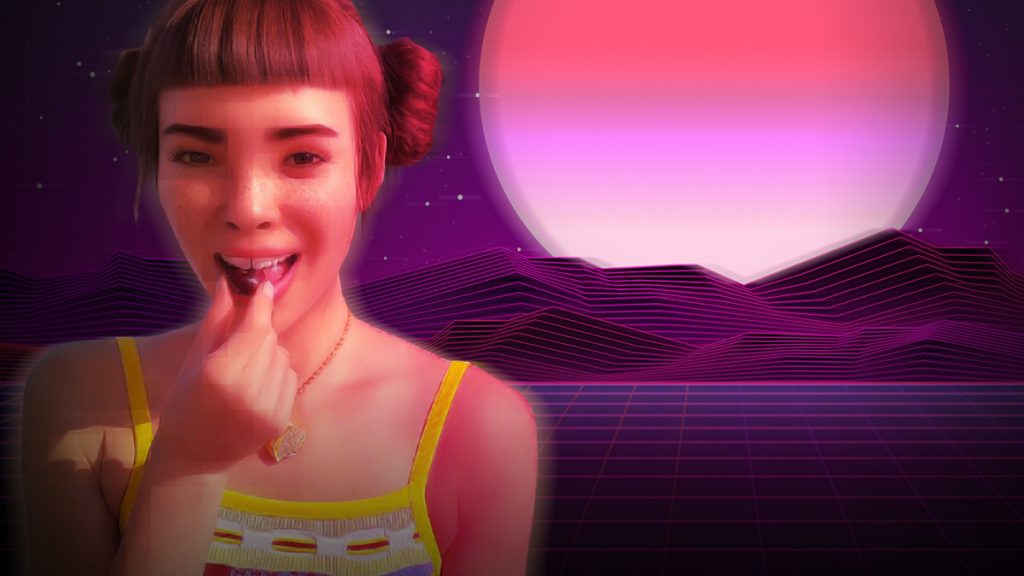Once the realm of science fiction, robots are now a reality as Artificial Intelligence (AI) technology rapidly advances. We increasingly observe AI daily, from smart home devices to automated customer service. AI is becoming a powerful force in our world, and its growing popularity in marketing is demonstrated through AI influencers’ emergence.
AI influencers are virtual personalities created with computer graphics technology and Machine Learning algorithms. They are designed to look and act like real people and are used by brands to influence the behavior and lifestyle of their fans. For example, Lil Miquela, a 19-year-old, half-Brazilian, half-Spanish Artificially intelligent pop star, was featured in Calvin Klein ads and modeled for Prada. She donated hundreds of thousands of dollars to after-school programs and successfully marketed products and brands, topping Spotify charts. Her challenge in this space is to connect with her audience authentically.
The use of AI influencers has both advantages and disadvantages. For instance, they are cost-effective and efficient, allowing brands to reach a larger audience with minimal investment. Furthermore, they can target specific audiences, making them ideal for marketing campaigns. Even so, AI influencers may have a different level of trust and engagement than real influencers due to the lack of genuine connections with their audiences. Additionally, they need to improve their ability to interact and respond to their followers, as their responses are pre-programmed. AI influencers are also limited in their ability to create unique content, as algorithms generate it and can be repetitive, thus limiting their effectiveness in marketing campaigns.
AI influencers can be used to market a company’s virtual world in several ways. For example, they can promote a game like Second Life by creating content related to it and its features, such as videos, tutorials, interviews with game developers, and gameplay footage. AI influencers can also interact with the game’s players and give them tips and advice on getting the most out of their experience. Additionally, AI influencers can be used to create virtual events and promotions to help build an audience for the game and encourage more people to play. Finally, they can create content highlighting the game’s features and demonstrating how it can be used to its fullest potential.
This innovation has the potential to be a powerful and cost-effective tool for brands, yet, companies must consider that AI influencers cannot create genuine connections with their audiences, and they may be challenging to relate to on a deeper level. Additionally, they need to improve their ability to interact and respond to their followers, as their responses are pre-programmed and can be robotic. Furthermore, the use of AI influencers is still in its infancy, and it is still being determined how long they will remain popular. As such, due to the lack of regulation in the AI influencer industry, there is always the potential for deceptive or unethical practices. Therefore, companies must consider these limitations and find ways to mitigate potential risks before utilizing AI influencers in their marketing campaigns.
Read More: How Traditional Industries are Making Their Way in the Metaverse



